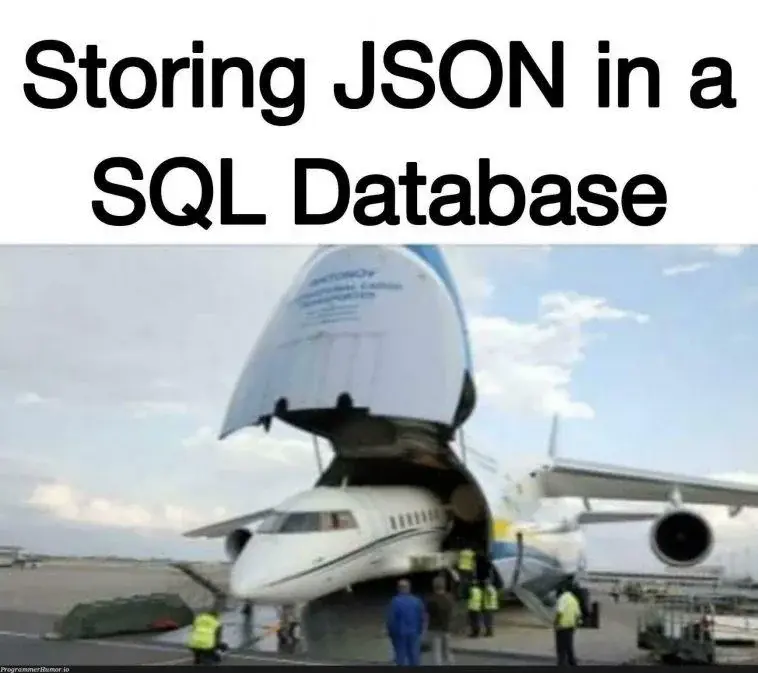SQL blows for hierarchical data though.
Want to fetch a page of posts AND their tags in normalized SQL? Either do a left join and repeat all the post values for every tag or do two round-trip queries and manually join them in code.
If you have the tags in a JSON blob on the post object, you just fetch and decide that.
